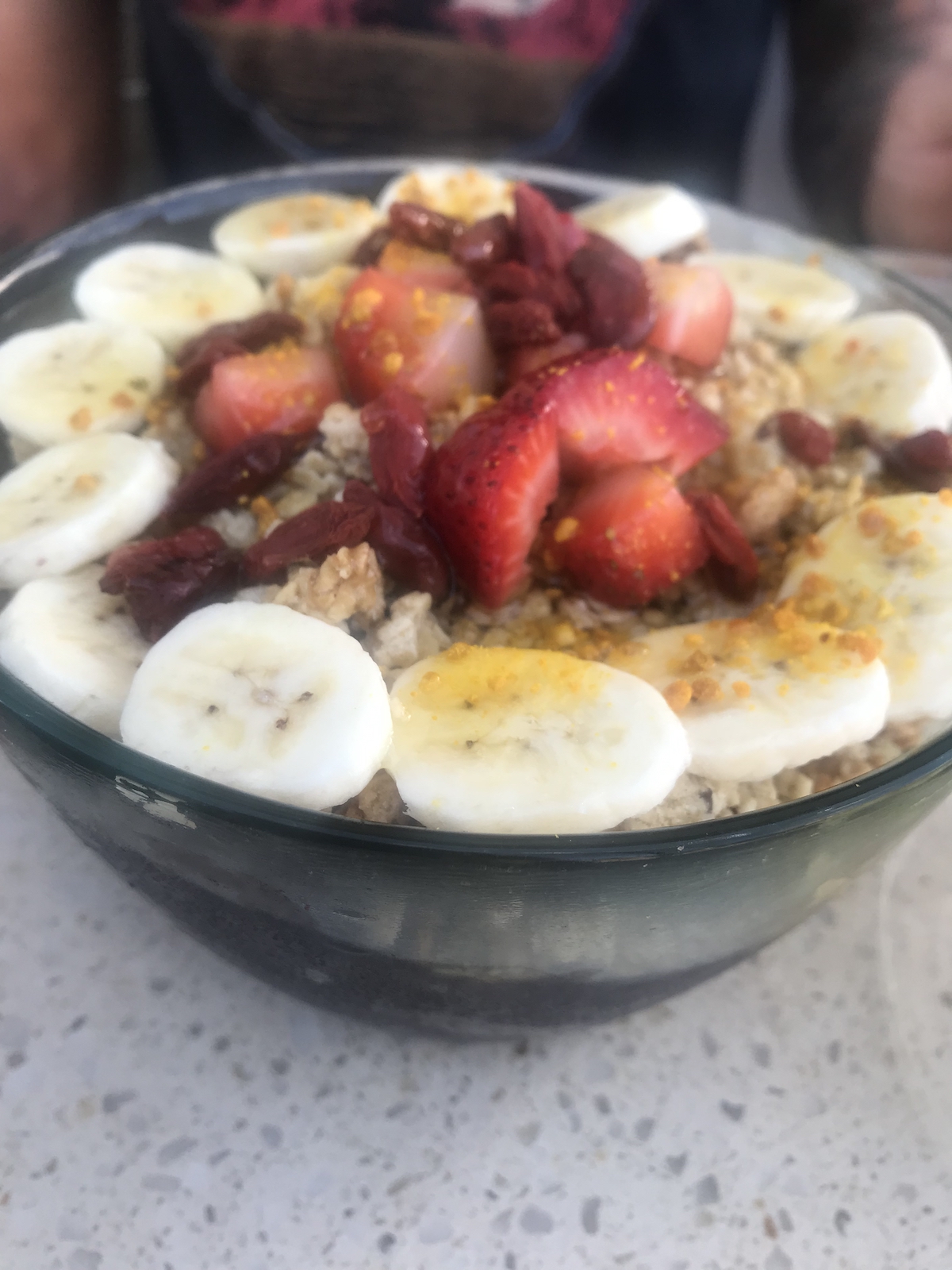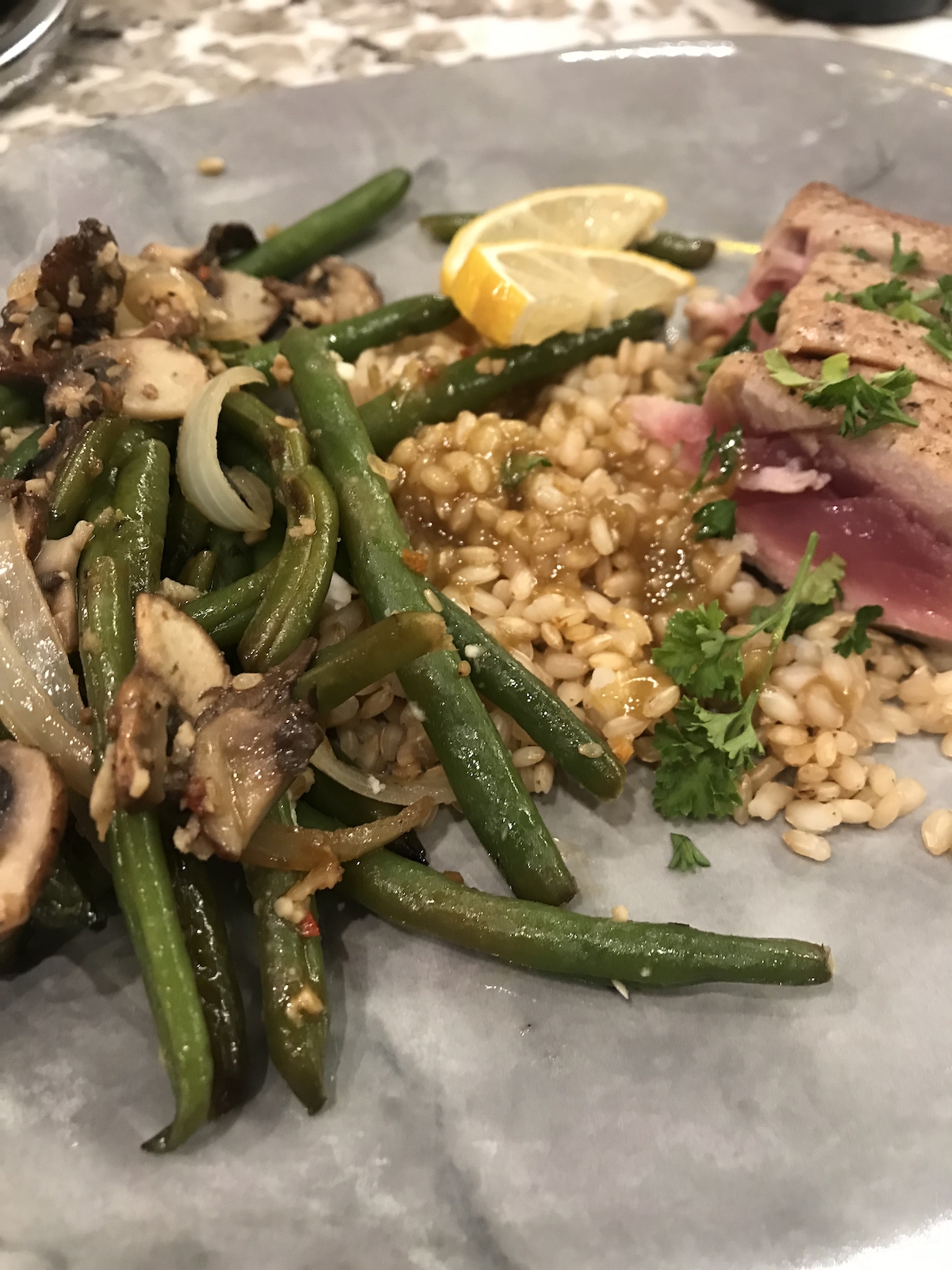With all the fad diets and trends out there, it is hard to know how to sort through whether we should be high carb, high fat, low carb, high protein, or any combination of those, right?! Believe me I know the struggle is real! Well, as we’ve discussed in many of my previous articles, everyBODY is different, so the answer depends on your body size/type, your goals to lose weight/gain muscle, and how much you exercise. Navigating all of this takes a lot of time and expertise — that’s where I come in.

The purpose of this article is to give you some guidance on managing your overall caloric intake by distributing it into macro percentages. These tips can help you put yourself on track to accomplish your health and fitness goals throughout the winter and roll into the spring and summer seasons ready to crush your rides, races, and events.
So, what are macros exactly? The answer is quite simple: macronutrients (macros) are the three categories of food that differ in how the body uses them for energy. We break our total calorie needs for the day into carbohydrates, fats, and proteins. Knowing the proper ratios of macronutrients for your diet is crucial to a successful healthy meal plan.
The main thing to remember as endurance athletes and cyclists is that our number one source of energy for brain and muscle is carbohydrates, while sustained energy comes from fats, and proteins are used to repair tissues post-workout. Here are some ways to keep your macros in check!

Know your Numbers
- How do you calculate your personal macronutrient ratios? An average percentage for good health is 40% carbohydrates, 30% fat, 30% protein. Endurance athletes need more carbs for energy, so the percentage ranges 50-65% carbohydrate, 20-30% fat, and 15-25% protein. To best determine your individual macro needs, it is recommended that you consult a registered dietitian nutritionist (RDN). My contact info is below.
- Each macronutrient counts as a specific number of calories per gram:
- Carbohydrates: 4 calories/gram
- Protein: 4 calories/gram
- Fat: 9 calories/gram.
- Knowing your total daily calories and the percentage of total calories recommended for each macronutrient will help you determine how many grams of each macronutrient to consume on a given day.
- For example, let’s say you need to consume about 2,500 calories on a 3-hour ride day, of which 55% need to come from carbs. 2,500 calories x 55% = 1375 calories / 4 calories per gram = 344 grams of carbs per day. You would do similar calculations for your 25% fat and 20% protein needs.
- Note that the ratios change based on intensity and duration of your workout. Also the timing of when to have each macro is very important. Again, contact me for specific detail on YOUR needs.
Get Wise with Portion Size
- An easy way to count your macros when you do not have access to measuring cups or spoons is to use your own two hands. Using your hands is a convenient alternative for measuring macros on-the-go to help you better estimate what you’re eating. You should never feel guilty for not knowing the precise breakdown, and this method works well in a pinch, taking the pressure off from having to be so exact. Let your hand guide you:
- Thumb: approximately 1 TBSP of fat such as peanut butter or cream cheese.
- Thumbnail: approximately 1 tsp of fat such as butter (4 grams) or olive oil (4.5 grams)
- Pointer finger: equivalent to 1.5 oz of string cheese or 1 serving of dairy.
- Palm: 3 oz or 1 serving of protein. 3 oz of fish is ~22 grams of protein, 3 oz of chicken is ~26 grams, and 3 oz of beef is 20-26 grams of protein.
- Your full flat hand: 1 slice of bread or 15 grams of carbohydrates.
- Cupped hand: ½ cup of beans or legumes (20 grams of carbohydrates).
- Fist: approximately 1 serving of fruit or a medium apple (15 grams of carbohydrates) and 1 serving of vegetables or 1 cup of cooked broccoli or carrots (24 grams of carbohydrates).
Track it
- Skip the pen and paper route. Download apps on your smartphone like MyFitnessPal, MyMacros+, or MyPlate to make logging your food convenient no matter where you go. MyFitnessPal even has a cool barcode scanner that does the work for you by automatically inputting scanned nutrition information from food items into your log.
Familiarize Yourself with your Foods
- Get to know the foods you eat on a daily basis and what macronutrients they contain. Make a chart and put your favorite foods into categories. Break these down and figure out which macronutrient the majority of the calories stem from in each food item. This can help you initially visualize and streamline the process of counting macros. Understanding the composition of your food will enable you to think about it less in the long run. Nutrition should be simple, so use this method to keep it that way. Here are a few examples to get you started:
- Carbohydrate dense foods: fruits, whole grains, vegetables.
- Protein dense foods: poultry, fish, eggs, legumes, soy and dairy products.
- Fat dense foods: avocados, olive oil, coconut oil, peanut butter, processed foods heavy in saturated or trans fats, creams, desserts.
Value Variety
- Don’t get stuck in a rut. It is easy to revert back to the same meals when you have those macros down pat. However, this can lead to burn out and staying on track with macro-counting. It also keeps you from getting a variety of vitamins and minerals in your diet.
- Mix up your meals, get creative in the kitchen, and include a buddy along your journey to help make it more sustainable and hold yourself accountable. Eventually it will become routine.
- Eat in color! When you incorporate more colors into your meals you’re likely to be eating a balanced variety of macronutrients.
- Let the numbers guide you initially, but the ultimate goal is to listen to your body and figure out how to make the foods that sound good fit into your diet by practicing moderation.
Stay tuned for my next article, in which we will discuss the specific foods to use to achieve the appropriate macros. I will specifically focus on the hottest topic in sport nutrition right now, plant-based eating for athletes. In the meantime check out my websites and contact me if you want to dig into your custom needs on nutrition for optional performance!
Breanne Nalder Harward, MS, RDN, earned a BS in Biology and Sociology from Westminster College and received a Master of Science degree in Nutrition and Sports Dietetics from the University of Utah. She is licensed as a Registered Dietitian Nutritionist (RDN) and is the nutrition coach at PLAN7 Endurance Coaching and Utah Sports and Wellness. You can find more info on her at plan7coaching.com and utahsportsandwellness.com or follow her on social media @breezysaycheezy.








Great info!
Comments are closed.